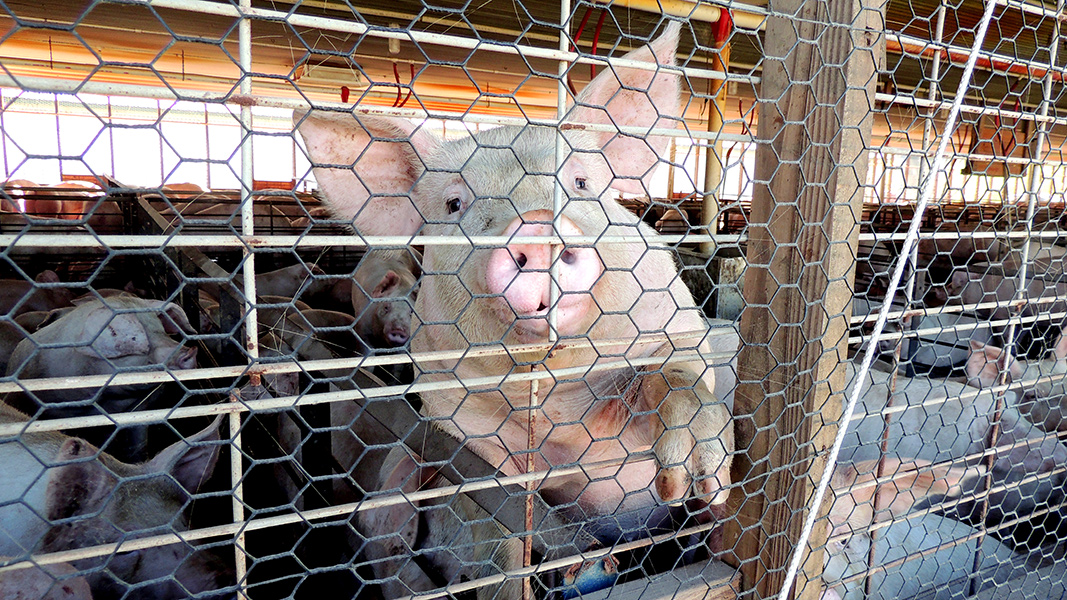Top: Photo by Doug Pinkerton
The U.S. Department of Agriculture’s (USDA) Economic Research Service released a new report, “Increasing the Value of Animal Manure for Farmers,” which describes current manure production, handling, storage, and use, based on data from the USDA Agricultural Resource Management Survey (ARMS). The report also discusses existing and emerging technologies that have the potential to increase the value of manure or reduce manure management costs. “There is substantial opportunity for increasing the use of manure as fertilizer,” states the report. “Manure was applied to only about 8% of the 240.9 million acres planted to seven major U.S. field crops (ARMS data). Manure is a major source of crop nutrients in organic food production, which represents an expanding market in the U.S.”
The caveat, note the authors, is that if manure-supplied nutrients exceed crop needs, crop producers will not demand the excess nutrients, lowering their value. Research found that 371 counties in the U.S. have more manure-supplied nutrients than crops need. The fertilizer value of manure depends on the type of animal manure produced, how it is stored and applied to land, and the cropping system to which manure is applied. The study synthesizes extensive literature on manure-related research and summarizes the latest information on manure management and promising technological developments. It also incorporates information from industry websites and commodity magazines about the most recent innovations in manure management.
Several existing and emerging technologies for increasing fertilizer manure value are identified, including liquid-solids separation technologies that yield a solids that is “more valuable and marketable as a fertilizer”; manure additives (such as nitrogen, alum, acid, biochar, and clay) to better match manure nutrients with crop needs, minimize negative environmental off-field impacts, and save time and cost in application; and composting — with or without animal bedding and other organic matter — to reduce manure’s volume, increase its value, kill weed seeds and pathogens, and reduce the potential for air and water pollution. USDA ARMS’ data indicate that only 4% of manure-fertilized farmland received composted manure. Anaerobic digestion also is identified as a technology to tap the renewable energy potential and produce a more consistent digestate. The study identified several possible ways to promote adoption of value-added manure technologies, including technology cost sharing such as USDA’s EQIP program, grants from government agencies and organizations, and voluntary nutrient trading programs.













